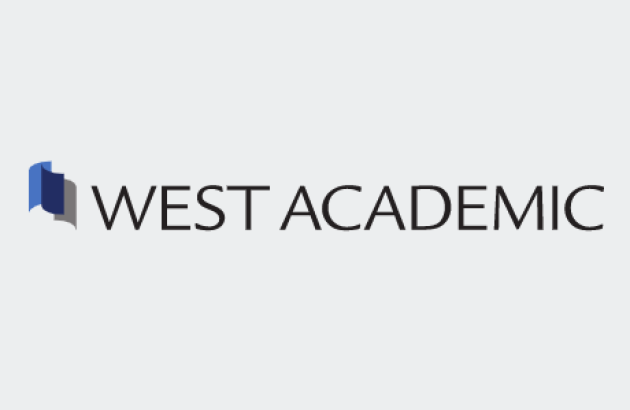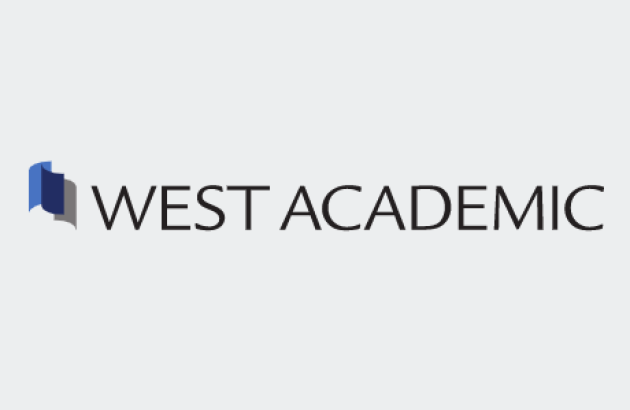Blog
Works from 1925 Enter the Public Domain
On January 1, 2021, copyrighted works from 1925 entered the public domain. Several amendments to federal copyright law throughout the 20th century extended the copyright terms of works from 1925 resulting in a total term of 95 years. Now, after almost a century of waiting, many notable works of film, literature, and music are free from copyright and open for all to use.
Notable works now in the public domain include The Great Gatsby by F. Scott Fitzgerald, In Our Time by Ernest Hemingway, Arrowsmith by Sinclair Lewis, Those Barren Leaves by Aldous Huxley, Go West by Buster Keaton, and The Gold Rush by Charlie Chaplin
To browse items that have been added to the public domain, see HathiTrust’s 1925 Publications collection. Works can also be found on the Internet Archive and Google Books.
If you are interested in learning more about copyright law, Jenkins has great resources to help. Check out Copyright Law in a Nutshell available in both print or ebook through West Academic Digital Library. For a thorough treatise, try Nimmer on Copyright or Patry on Copyright. Title 17 of the U.S. Code can also be found online from copyright.gov. It includes all amendments passed by Congress through March 27, 2020.



